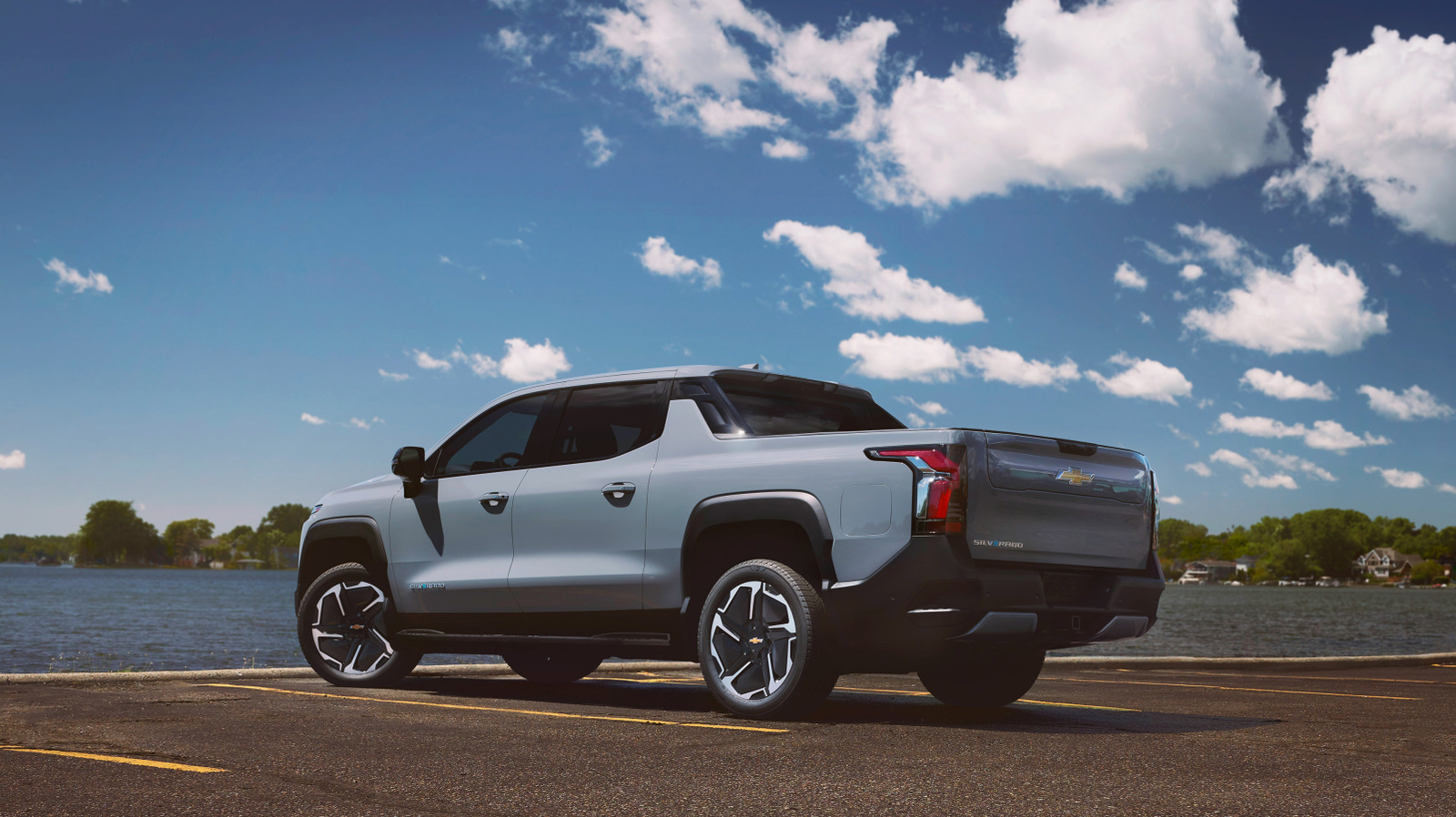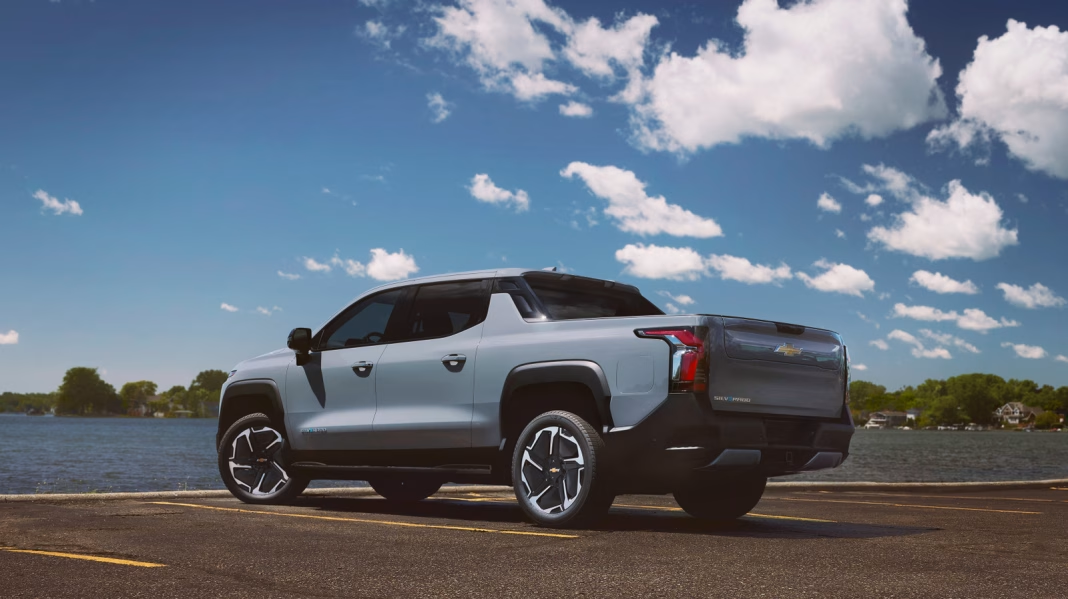Why Are Electric Vehicle Batteries Getting So Big—and Is That Really a Good Thing?
If you’ve shopped for an electric vehicle lately, you’ve probably noticed a trend: bigger batteries, longer ranges, and, as a result, heavier cars. On the surface, that sounds like progress. Who doesn’t want to drive farther between charges? But dig a little deeper, and you’ll see the auto industry is facing a real battery dilemma—one that could shape the future of how we drive, build, and even think about cars.
What’s Driving the Push for Larger EV Batteries?
Carmakers are in a race to ease drivers’ range anxiety. Surveys from the International Energy Agency show that range remains a top concern for potential EV buyers, especially in regions where public charging infrastructure is still catching up. The solution? Pack in bigger batteries, sometimes exceeding 100 kWh, to promise 300, 400, or even 500 miles on a single charge.
But here’s the catch: bigger batteries mean more weight, higher costs, and increased demand for raw materials like lithium, cobalt, and nickel. According to BloombergNEF, the average EV battery pack size has grown by about 20% over the past five years. That’s a lot of extra metal, minerals, and money—often for range that drivers rarely use in day-to-day life.
Are We Overbuilding for the Wrong Reasons?
Let’s be honest—most people don’t drive 300 miles in a day. In fact, the U.S. Department of Transportation reports the average American drives less than 40 miles daily. Yet, we’re building vehicles that can go six or seven times that distance without charging. It’s a bit like carrying a suitcase for a weekend trip when all you need is a backpack.
The real-world impact? Heavier EVs require more energy to move, which can offset some of the emissions benefits of going electric. They also put more wear on roads and tires, and in the event of a crash, their extra mass can pose new safety challenges. Not to mention, the environmental toll of mining and processing battery minerals is significant—especially when those resources could be used to build more, smaller batteries for additional vehicles.
Could Smaller Batteries Actually Be Better for Everyone?
Here’s a radical thought: what if your second EV (or even your first) didn’t need a massive battery? Imagine a city car with a 100-mile range—lightweight, nimble, and quick to charge. For many households, especially those with access to home or workplace charging, this would cover 95% of daily trips. A 2023 study from the University of Michigan found that right-sizing batteries could reduce overall emissions and resource use by up to 40% compared to today’s oversized packs.
Smaller batteries also mean lower costs, both for manufacturers and consumers. That could make EVs more affordable and accessible, speeding up the transition away from gasoline. And with less demand for rare minerals, supply chains could become more resilient and less environmentally damaging.
What’s Holding Us Back from Downsizing EV Batteries?
So, if smaller batteries make so much sense, why aren’t we seeing more of them? Partly, it’s about perception. Drivers want the freedom to take a road trip on a whim, even if they rarely do. Automakers, meanwhile, are competing on range as a headline feature, and public charging infrastructure is still catching up in many areas.
There’s also a regulatory angle. In some markets, incentives are tied to battery size or total range, unintentionally encouraging bigger packs. And let’s not forget the marketing muscle behind “longest range in class” bragging rights.
How Can the Industry—and Drivers—Shift to Smarter Battery Choices?
The path forward isn’t about shaming anyone for wanting more range. It’s about giving people real choices and the information to make the right one for their needs. Automakers could offer a wider variety of battery sizes, tailored to different lifestyles. Policymakers could rethink incentives to reward efficiency and resource conservation, not just raw range.
And for drivers? It’s worth taking a hard look at your actual habits. If you’re mostly commuting or running errands, a smaller battery might save you money, reduce your carbon footprint, and still fit your life perfectly. Plus, with fast-charging networks expanding and home charging becoming more common, the convenience gap is closing fast.
The big takeaway? Solving the EV battery problem isn’t about perfection—it’s about smarter adjustments. Start with one change this week, and you’ll likely spot the difference by month’s end.


